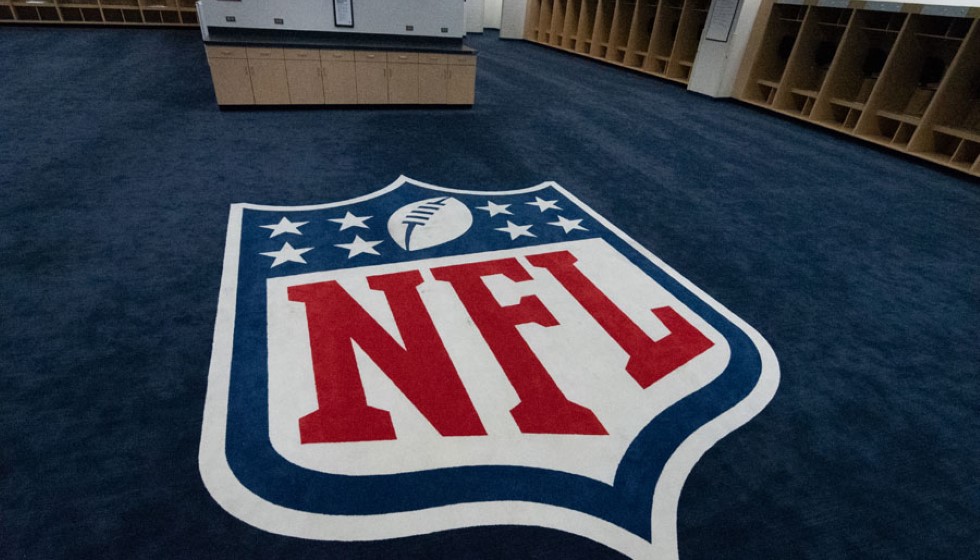
Rivalry Week Drama: Flag Planting Traditions Spark Controversy
College football’s rivalry week is synonymous with heightened emotions, intense competition, and memorable moments that often captivate fans and stir controversy. This fervor was on full display this year as the institution of flag planting post-victory once again took center stage, igniting debates and disciplinary actions across various games.
While flag planting has always been part of college football's tradition, it remains a contentious gesture. Back in 2017, Baker Mayfield, then the quarterback for Oklahoma, famously attempted to plant a flag at Ohio State following a formidable 31-16 victory. Mayfield, who led Oklahoma to that win before capturing the Heisman Trophy later that year, remarked on the enduring intensity and pageantry of college football rivalries, “OU-Texas does it every time they play. It's not anything special. You take your [loss] and you move on. I'll leave it at that.” These sentiments still resonate today as rivalries continue to fuel competitive spirits.
The most recent confrontation to rise from rivalry games was during the Michigan-Ohio State matchup, where the tradition escalated beyond celebration. After a narrow 13-10 victory, Michigan players attempted to plant their flag at the 50-yard line, an act that quickly devolved into chaos. The heated clash between the players resulted in a brawl severe enough to require police intervention. In response to this turmoil, the Big Ten handed out substantial penalties, fining both Michigan and Ohio State $100,000 each for their roles in the melee.
Flag planting was also part of the storyline in other prominent games. Florida's endeavor to plant a Gators flag during their clash with Florida State was thwarted, adding to the narrative of on-field struggles and frustration for the team. However, some teams succeeded in their post-victory celebrations, such as NC State, who managed to plant a flag at midfield after their triumph over North Carolina. Similarly, an Arizona State player ceremoniously placed a pitchfork—a symbol deeply rooted in the team’s identity—at the 50-yard line after a win against Arizona.
This practice of celebratory flag planting, notably after victories on hostile grounds, continues to polarize opinions. While some see it as an essential expression of college football’s vibrant rivalries, others view it as an inflammatory act, provoking unnecessary conflicts. Baker Mayfield, weighing in on these traditions, expressed his perspective on the matter, “College football is meant to have rivalries. That's like the Big 12 banning the 'Horns Down' signal. Just let the boys play.” His stance advocates for a celebration of traditions that embody the competitive spirit of collegiate sports.
As discussions surrounding these events intensify, the balance between vibrant rivalry expressions and sportsmanship remains delicate. The Big Ten’s fines demonstrate an enforcement stance on maintaining discipline and order, while players and fans continue to grapple with the boundaries of celebration and provocation. Amidst these debates, one thing remains clear: the passion and intensity of college football rivalry week contribute to the sport's enduring allure, drawing in audiences with dramatic narratives that extend beyond the scoreboard.
The recurring theme of tradition versus sportsmanship will likely remain a focal point in the evolution of college football’s rivalry celebrations. As teams and governing bodies seek to navigate this delicate terrain, the blend of fierce competition and historic customs ensures that college football rivalries will continue to generate both exhilaration and controversy for seasons to come.